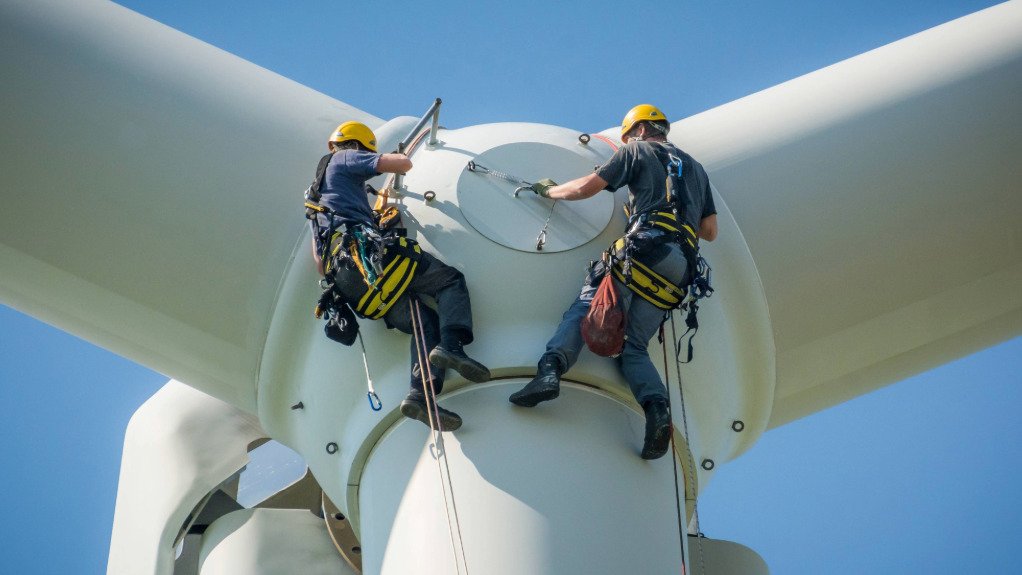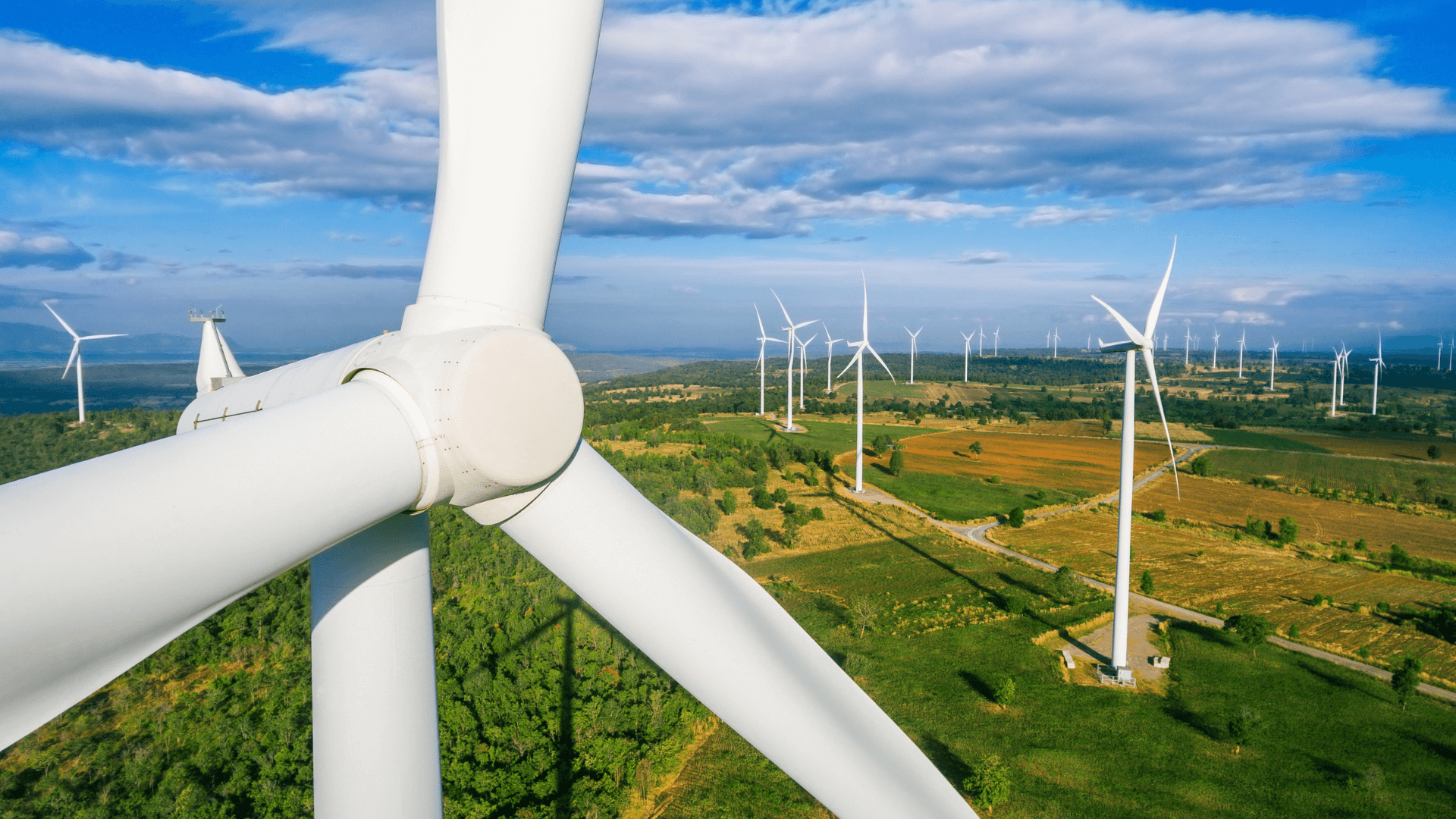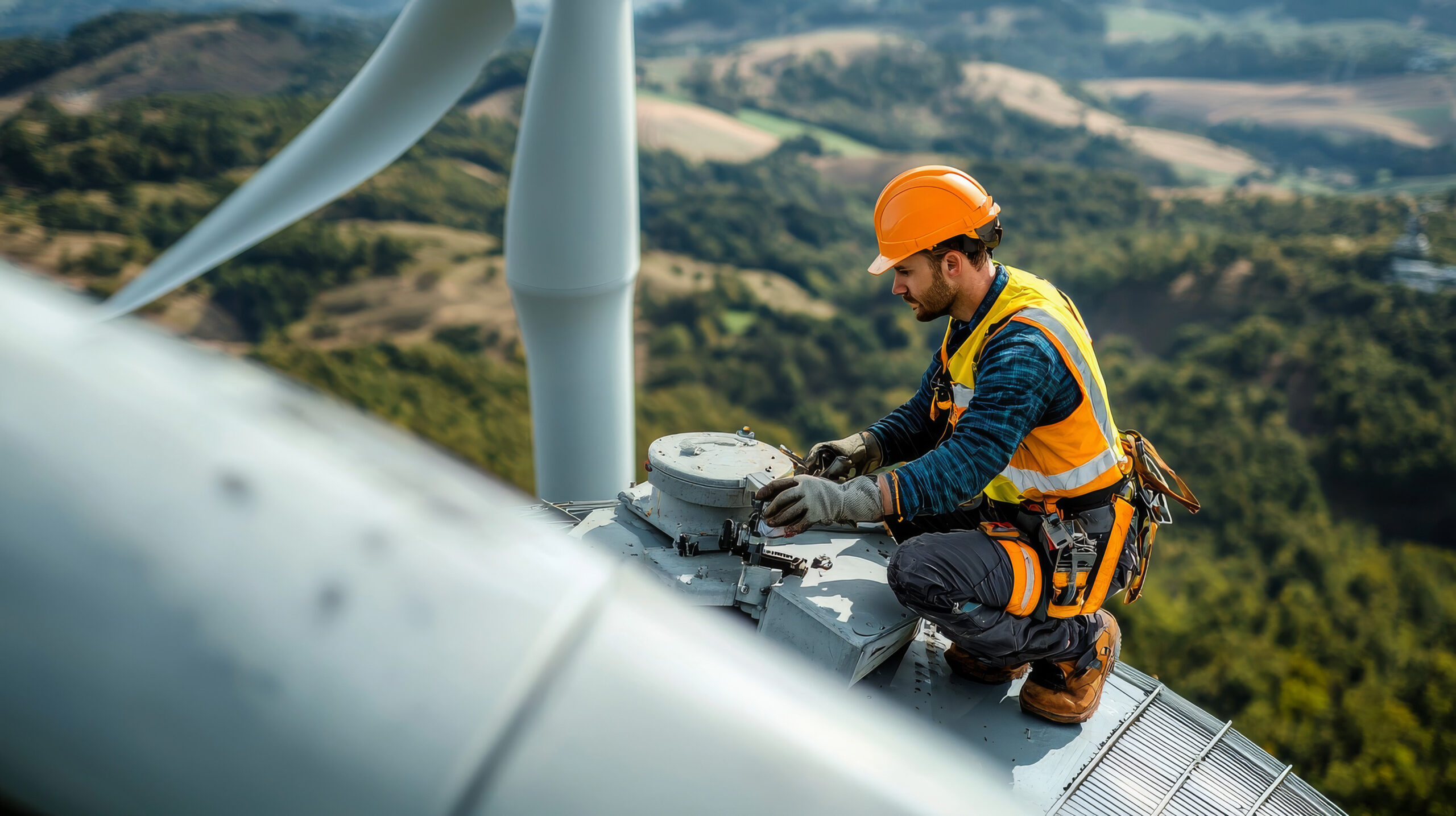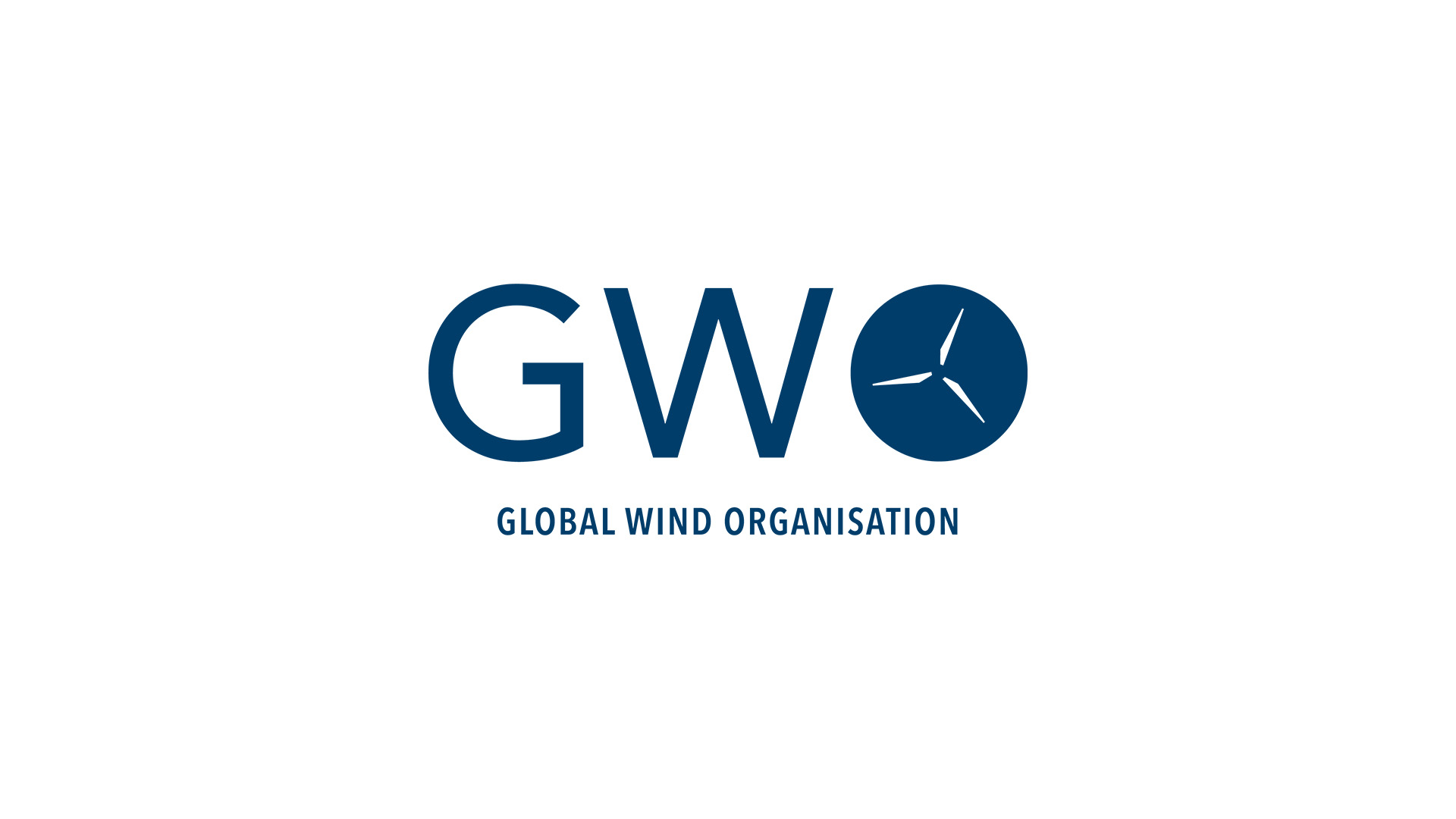
Working in the wind energy sector is demanding, and wind turbine safety is one of the industry’s top priorities. Technicians climb towers as tall as 120 metres, work in confined spaces, and face unpredictable weather conditions. While the risks are real, most incidents come down to preventable mistakes.
This guide explores the most common safety mistakes made by wind technicians, the consequences of those errors, and how GWO Basic Safety Training (BST) provides the skills and confidence to avoid them.
What is Wind Turbine Safety?
Wind turbine safety refers to the procedures, training, and protective measures designed to keep technicians safe while working on or around turbines. It includes:
- Safe climbing and use of personal protective equipment (PPE).
- Manual handling techniques to prevent musculoskeletal injuries.
- Fire prevention and evacuation protocols.
- First aid and emergency response in remote locations.
- Offshore survival skills where applicable.
These practices form the backbone of site safety and are standardised globally through GWO training.
Why Wind Turbine Safety Matters
The scale and nature of turbine work means small oversights can have serious consequences. According to global industry data, working at heights and lifting operations remain the highest-risk activities. In 2023, the Total Recordable Incident Rate (TRIR) was 2.73 across nearly 62 million hours worked, including a fatality during turbine assembly.
By integrating strong wind turbine safety practices, technicians can prevent incidents, reduce downtime, and ensure everyone goes home safe after each shift.
Common Mistakes in Wind Turbine Safety and How the GWO Basic Safety Training Prevents Them
Skipping Harness Checks Before ClimbingSkipping Harness Checks Before Climbing
Failing to inspect a harness before use is one of the most common safety oversights. Frayed webbing, loose stitching, or damaged D-rings can lead to catastrophic falls.
- Consequence: A major increase in fall risk from extreme heights.
- How GWO Training Helps: The Working at Heights module teaches PPE use, rescue techniques, and thorough pre-use inspections.
- Safety Tip: Inspect, connect, and double-check every climb.
Poor Lifting and Carrying Techniques
Manual handling errors, awkward postures, and repetitive ladder climbing often cause musculoskeletal disorders (MSDs).
- Consequence: Lost workdays and long-term injuries.
- How GWO Training Helps: The Manual Handling module focuses on ergonomics, team lifts, and mechanical aids.
- Safety Tip: Lift smart, not heavy.
Underestimating Fire Risks in Nacelles
Nacelles house electrical systems, oils, and composites that can escalate small faults into major fires.
- Consequence: Fires spread quickly, and evacuation options are limited.
- How GWO Training Helps: The Fire Awareness module trains technicians to recognise hazards, use extinguishers, and follow evacuation drills.
- Safety Tip: Treat every spark as serious, seconds matter in a nacelle fire.
Ignoring Weather Warnings and Site Conditions
High winds, lightning, and ice are major hazards during turbine work. Pushing ahead in unsafe conditions undermines wind turbine safety.
- Consequence: Slips, equipment failures, and falls.
- How GWO Training Helps: The Working at Heights module reinforces risk assessment and safe work planning.
- Safety Tip: The weather decides your safety window, respect it.
Weak Emergency Response Preparedness
Remote sites mean that medical support is rarely immediate. Without trained first responders, treatable injuries can turn fatal.
- Consequence: Delayed response reduces survival chances.
- How GWO Training Helps: The First Aid and Working at Heights modules equip technicians with life-saving skills, including CPR, AED use, and rescue techniques.
- Safety Tip: The faster the response, the greater the chance of survival.
Overconfidence After Experience
Experienced technicians sometimes skip checks because they feel comfortable with the work. Complacency remains one of the biggest risks in wind turbine safety.
- Consequence: Overlooked hazards and preventable accidents.
- How GWO Training Helps: Every BST module reinforces a culture of consistent safety practices, regardless of experience level.
- Safety Tip: Experience does not replace safety checks.
Quick Pre-Climb Checklist for Wind Turbine Safety
Before starting work, technicians should:
- Verify service dates and labels on harnesses and lanyards.
- Inspect webbing, stitching, buckles, and connectors for damage.
- Check anchor points and ensure proper connection sequence.
- Remove and report defective equipment immediately.
How GWO Training Improves Wind Turbine Safety
GWO Basic Safety Training (BST) is developed by the Global Wind Organisation to set consistent, industry-wide safety standards. The five core modules cover:
- Working at Heights: PPE use, climbing, anchor systems, rescue.
- Manual Handling: Ergonomics, teamwork, and task planning.
- Fire Awareness: Hazard prevention and evacuation.
- First Aid: Emergency care, CPR, AED use, and shock management.
- Sea Survival (offshore roles): Transfers, vessel safety, survival techniques.
Certificates are valid for two years, after which refresher training ensures skills remain current.
Conclusion
Most wind turbine safety incidents are preventable. The biggest risks come from everyday mistakes—skipping harness checks, ignoring weather warnings, or underestimating fire hazards. With the right training, these mistakes can be avoided.
GWO Basic Safety Training (BST) equips technicians with the knowledge and habits to manage risks confidently. From climbing and rescue to fire awareness and first aid, this training is the foundation of safe work in the wind industry.
Enrol in GWO Basic Safety Training today and make wind turbine safety your priority.





